The rich history of cinnamon, from Ceylon to Cinnabon
Posted on November 23rd, 2025
Courtesy The South China Morning Post
STORY Bernice Chan
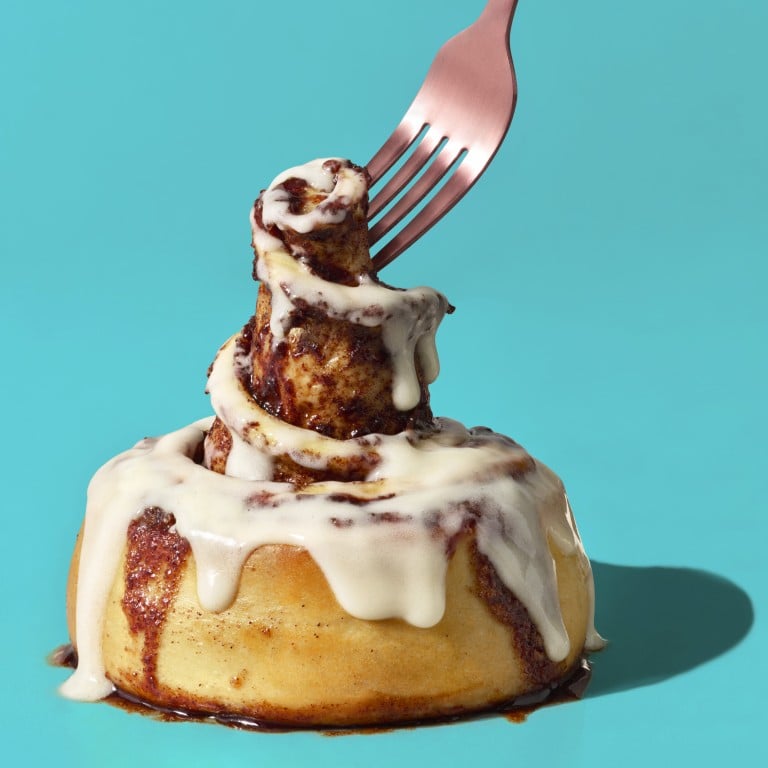
A spice derived from the dried inner bark of evergreen trees, cinnamon’s warmth and versatility shine in sweet and savoury dishes alike
Pastry chef Steve Hodge likes to make cinnamon toast – a quick snack for his kids at home. He spreads room-temperature butter on freshly toasted bread and then sprinkles a mixture of equal parts cinnamon and sugar on top.
When it’s nice and warm, the sugar kind of melts and infuses with the cinnamon. The flavour is unreal,” observes Hodge, the owner of Vancouver-based Temper Chocolate & Pastry.
For many, the smell of cinnamon evokes the flavours of autumn and winter, including apple pie, pumpkin pie, cinnamon rolls, eggnog and mulled wine. Hodge says that’s because the woody spice has a warmth to it.
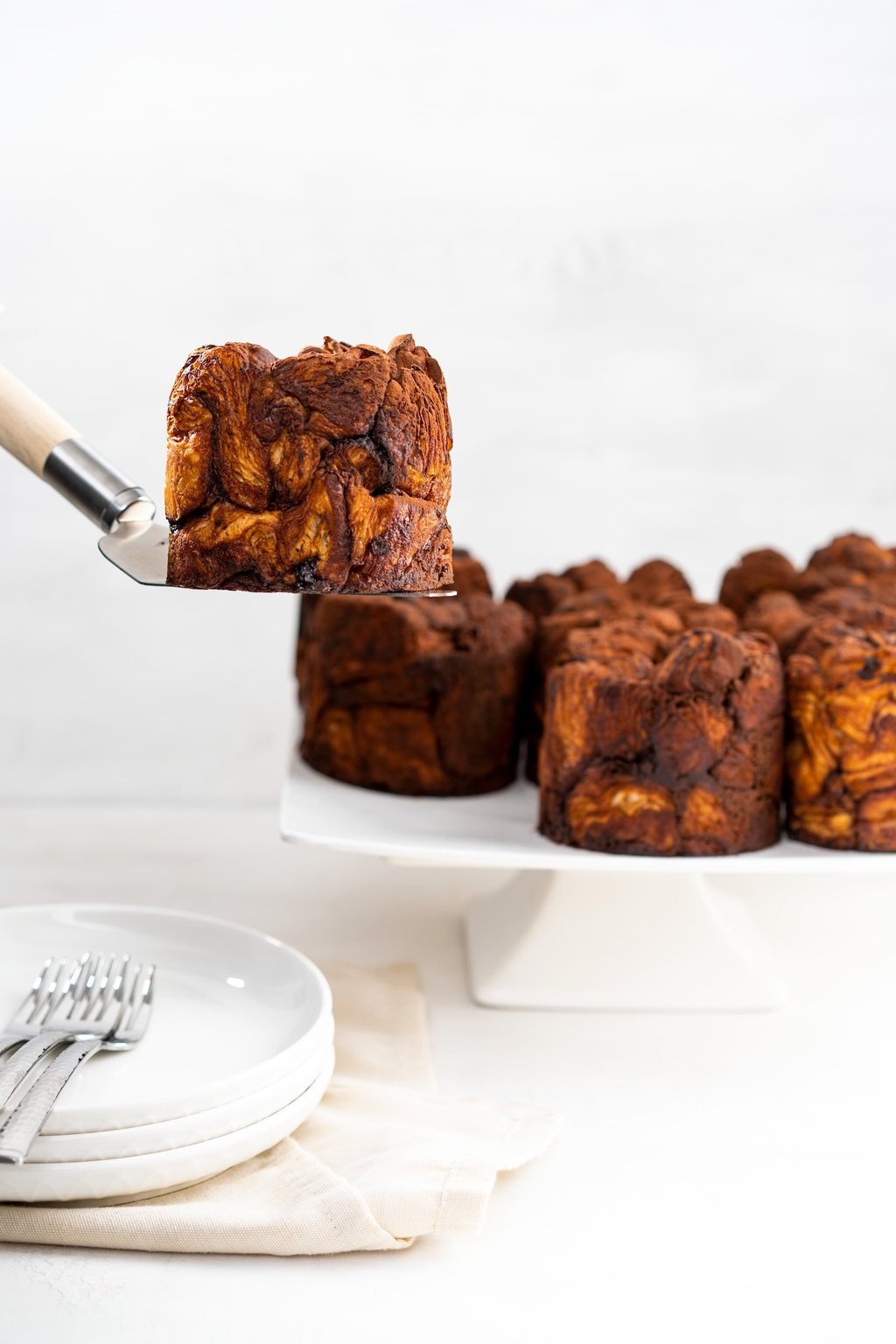
Cinnamon has a lot of great flavours because there’s an earthy, woody taste to it,” he says. If you were to smell or chew on a cinnamon stick, there is a spiced note to it.” He adds that, depending on what ingredients you cook with, cinnamon can enhance the flavours of other spices, contribute a subtle sweetness to spicy food and even provide a hint of acidity.
This woody spice comes from the inner bark of trees in the genus Cinnamomum. True cinnamon” (Cinnamomum verum), or Ceylon cinnamon, comes from Sri Lanka, formerly known as Ceylon. However, most of the world’s cinnamon production – about 90 per cent – comes from related species grown in Indonesia, Vietnam and China. Ceylon cinnamon has a lighter, milder and sweeter flavour compared to the stronger, spicier and more pungent taste of other varieties.
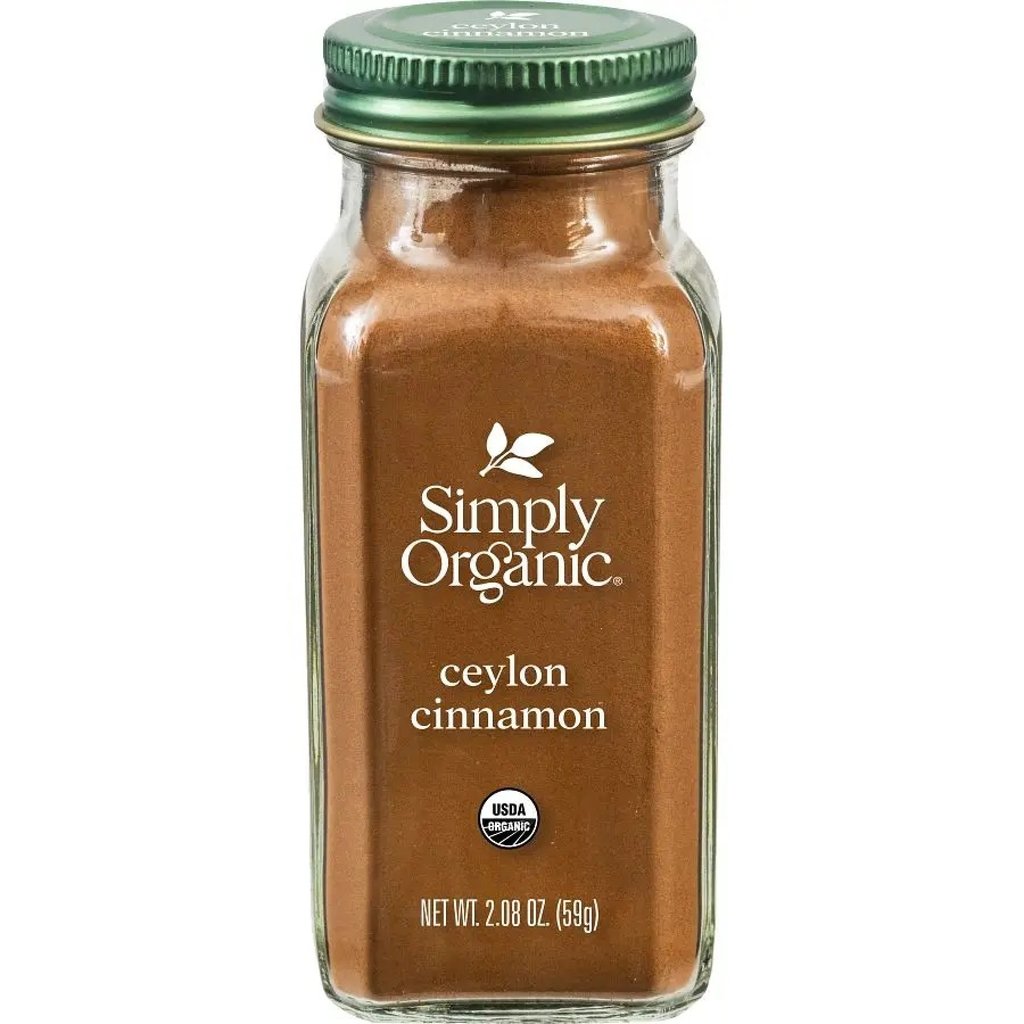
While cinnamon is commonly used in baking, it is also found in savoury dishes like soups and curries. The spice is added to everything from breakfast cereals to hot chocolate and ice cream. Studies exploring cinnamon’s health benefits suggest it may help support healthy blood pressure, blood sugar and metabolism, and reduce inflammation.
Here in Asia, the spice is synonymous with Chinese five-spice powder, fiery Indonesian and Malaysian rendang, and the festive Korean punch known as sujeonggwa. In the West, of course, cinnamon is known for its association with apple pies. When Hodge makes them, he uses Granny Smiths, explaining that the spice balances the apples’ sharp acidity.
When combining cinnamon and chocolate, Hodge says sweeter and creamier is better.
When you add cinnamon to dark chocolate, it’s too overpowering. It becomes dry in your mouth,” he observes. We [use] milk chocolate to bring out the cinnamon flavour but still have a nice balance of sweetness.” He says the spice also works well with white chocolate.
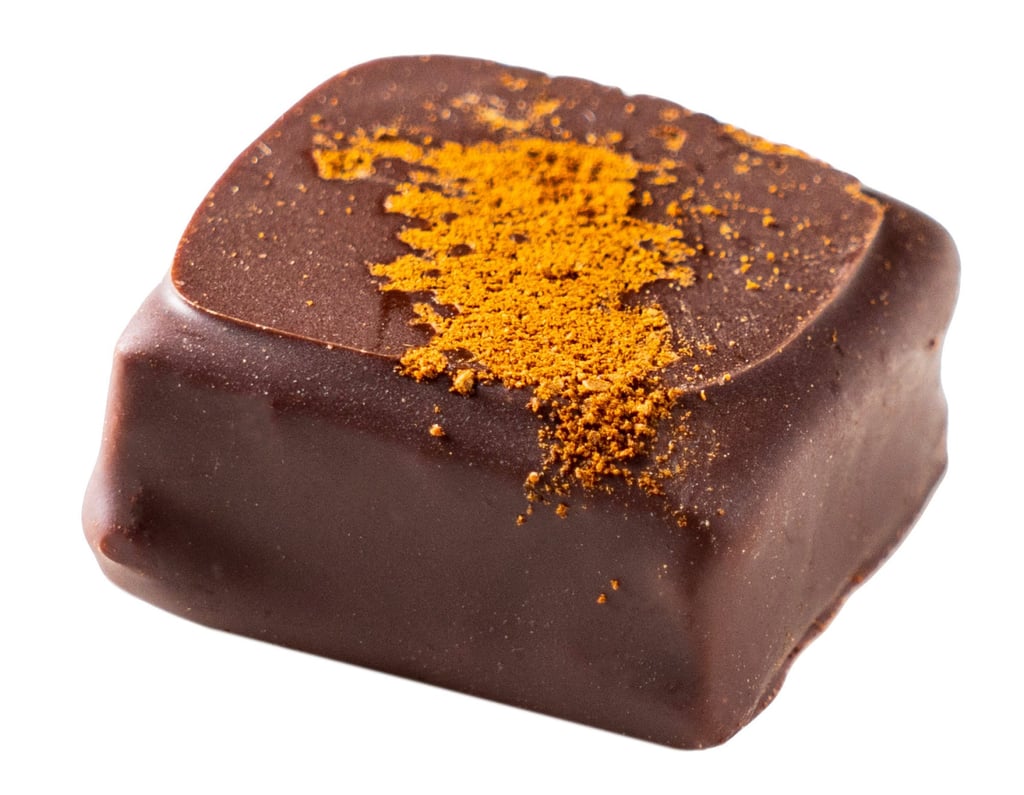
Hodge likes to use cinnamon in his shop’s savoury items too.
We make a Cubano sandwich [a roast pork, ham and cheese sandwich] at Temper, and when we cook the pork in the braising liquid, we use lemons, limes and cinnamon sticks,” he explains. The cinnamon gives a nice, earthy note to the pork, and also helps add a little bit of sweetness to the acidity of the lemons. So it has a nice after-note when you eat it – it’s not overpowering.”
At home, most people have cinnamon in powder form in their pantry, but Hodge says freshly grated cinnamon sticks have a more pungent flavour. Which you use depends on the recipe. For baked goods, the powder is best, and for soups and stocks, a whole cinnamon stick will suffice.
When it comes to Indian cuisine, Desi Indian Lounge executive chef Balvant Ajagaonkar says cinnamon is one of the five basic spices in addition to cumin, coriander, turmeric and cardamom.
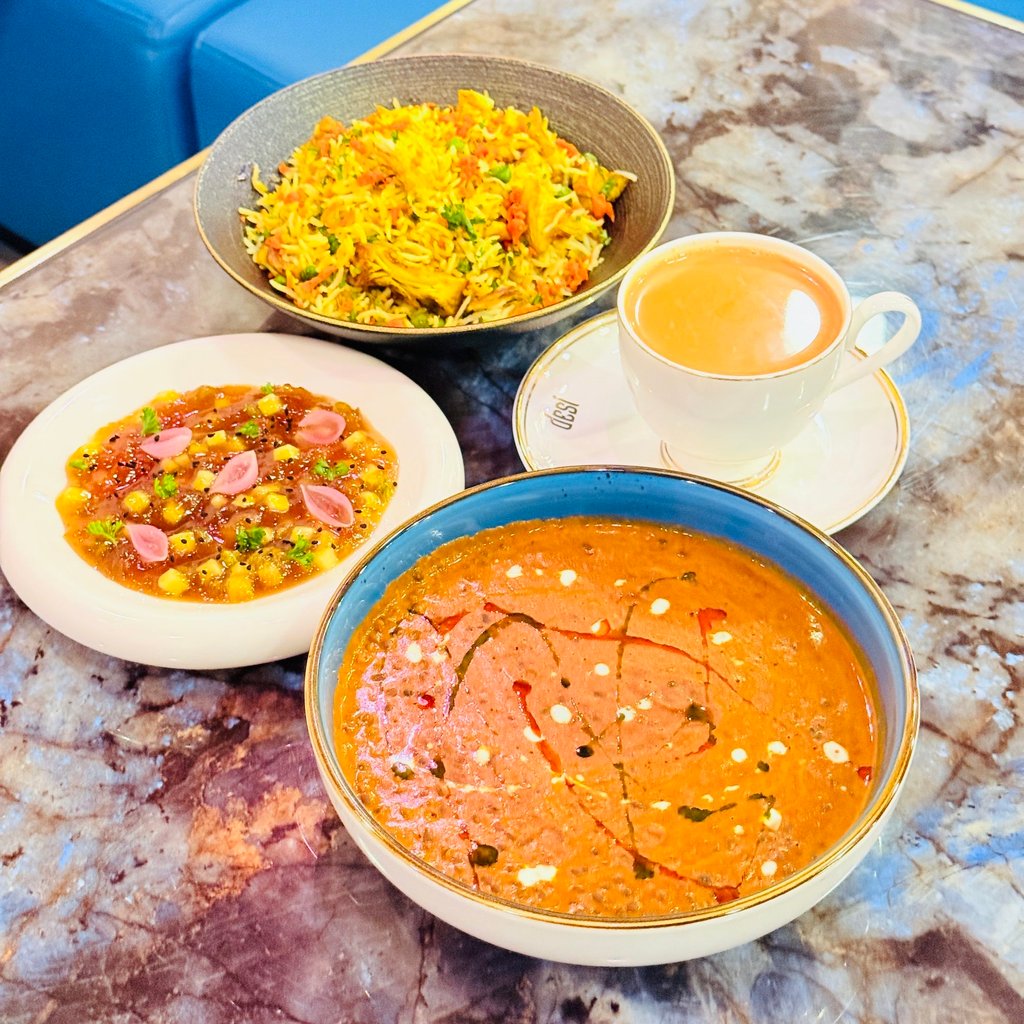
When you make basic gravies and curries, you temper or heat the oil and then add spices like cinnamon, green cardamom, cumin seeds, coriander seeds and bay leaves to release the fragrance,” explains the Vancouver-based chef. Cinnamon has a warm and strong flavour, but you need to know how to use it and in what quantity; we use less of it relative to other spices. When we use it in curries like garam masala, we use it in a powder form, but not too much,” he cautions.
Advertisement
He says a cinnamon stick is usually roasted in a pan or oven with other spices before they are all ground. In rice dishes, we add cinnamon to biryani rice and pulao,” he says. We first temper the spices with ginger and garlic to release the flavours before adding the rice and water. If you’re using a whole cinnamon stick at the beginning, it releases the flavour slowly. But before we serve the dish, we take out the cinnamon stick because it’s not edible.”
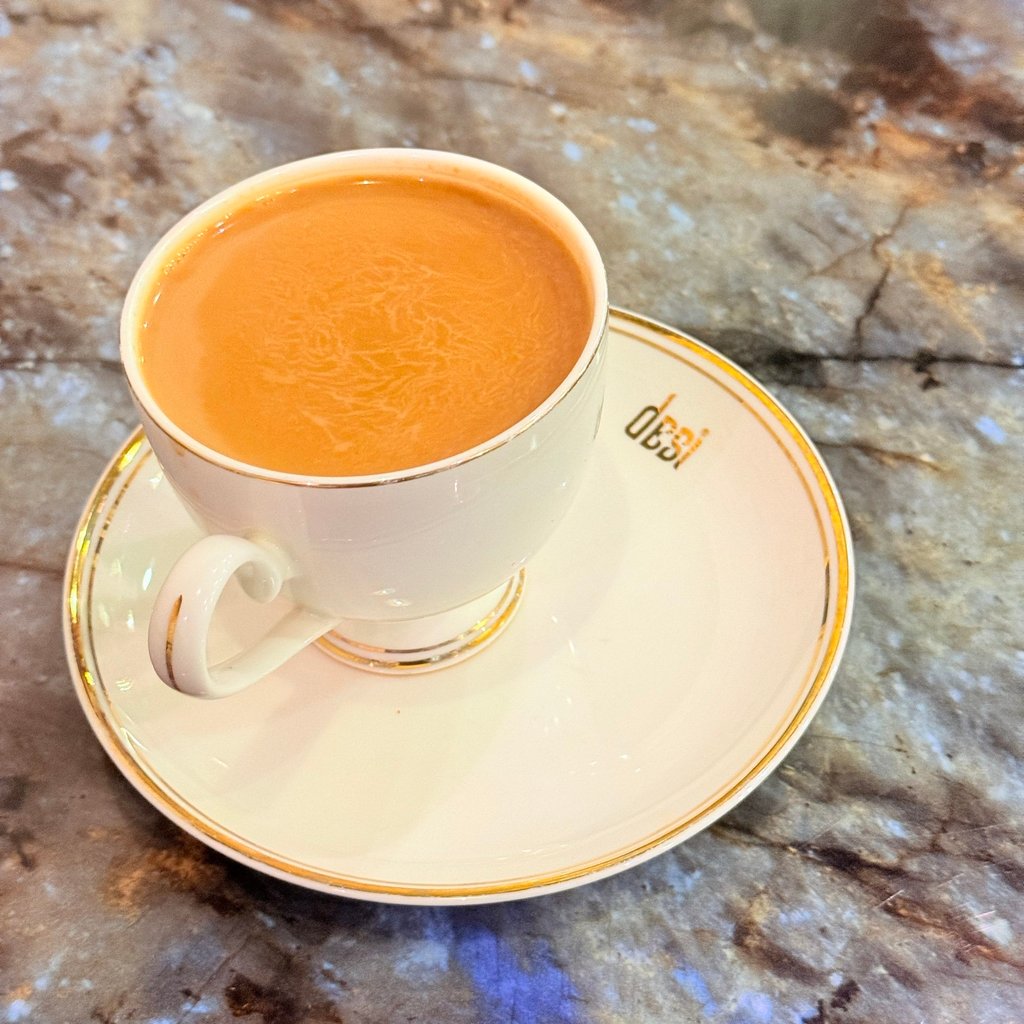
Ajagaonkar explains that the spice is also added to chutneys like pineapple and apple, while in desserts cinnamon is in shakarpara, a dough that’s baked or deep fried. Other cinnamon-flavoured desserts include cinnamon apple raisin pudding, pistachio and cinnamon lime kulfi, and halva with apple cooked with cinnamon and other spices. Cinnamon sticks are also used to make chai.
For most Cantonese people, cinnamon is combined with star anise, cardamom and tangerine peels to make lo sui or master stock to slowly braise proteins like tofu, goose wings and eggs.
However, many Cantonese also have a negative association with cinnamon, as it is used in Chinese medicine. The bitter medicinal taste of such medicines creates a bias that Cinnabon Hong Kong director Steven Yang Tsuen-men is trying to counter.
We [Chinese] don’t really have a sweet use of cinnamon like the Western world does,” he explains.
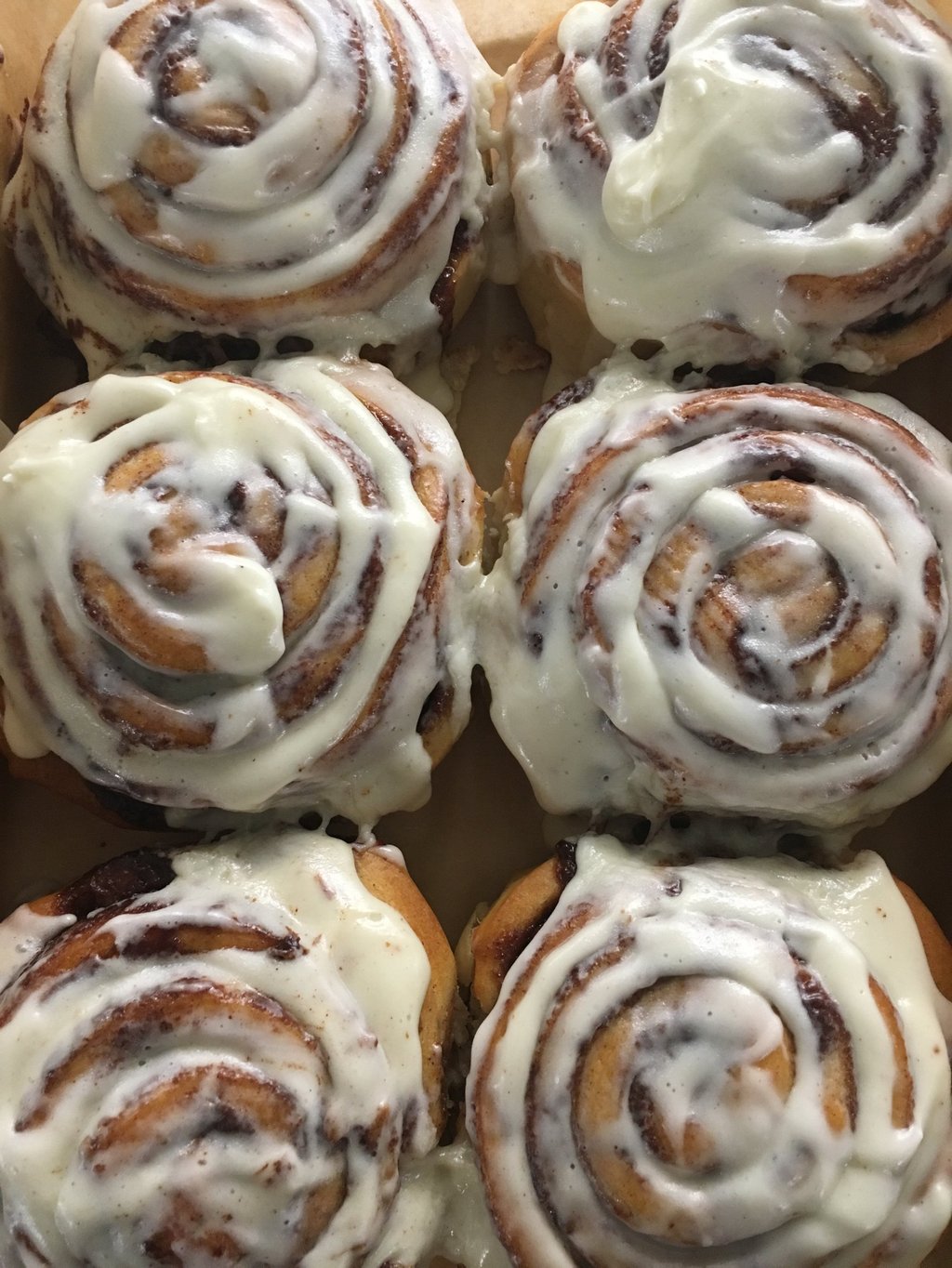
When he talks to potential customers who immediately dismiss cinnamon, Yang asks about their food preferences to find out where their aversion lies, and most of the time is able to persuade them to try the well-known American brand of cinnamon rolls started in Seattle, Washington, in 1985.
Advertisement
I tell them that they don’t like cinnamon because it’s very strong when they [first] smell it. If you take freshly ground cinnamon, it definitely has a very sharp taste. But once you bake it with butter, margarine and frosting and everything, it’s the sweetness that comes out,” he says.

When the Cinnabon founders were developing their recipe, Yang says, they experimented with 100 different types of cinnamon and eventually settled on Makara cinnamon from Indonesia, which has a higher concentration of essential oils, giving it a more pronounced cinnamon flavour. Each tray of half a dozen Cinnabon rolls uses 20 grams of Makara cinnamon.
They tried different recipes, but they found that this type of cinnamon has the kind of sweetness and scent that [perfectly complements] the fluffy roll with its frosting,” he says.